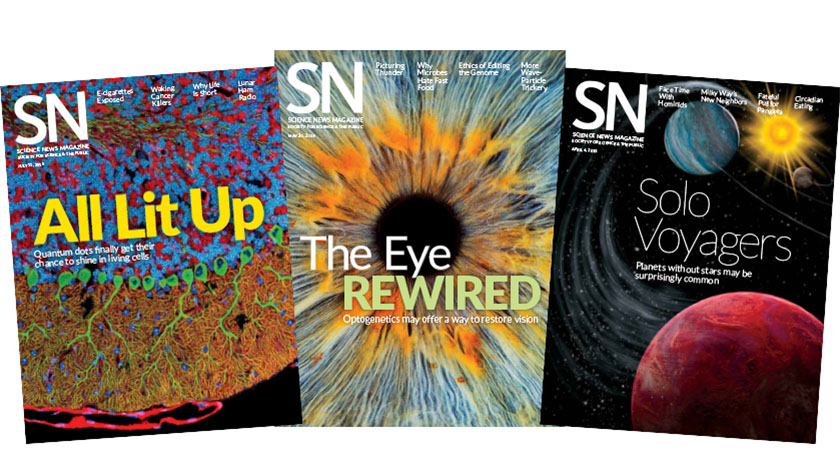Science News Learning, STEM Outreach
Long-time Science News reader uses magazine in his classroom

Kevin Lumney, a professor of organismal biology at Ohio State University, is sponsoring his local Ohio high school for the Society’s Science News in High Schools program. Kevin is a long-time subscriber to the magazine and often assigns articles as reading material to his students. He is spreading science literacy from his classrooms at Ohio State to science classes at Big Walnut High School.
Why did you decide to sponsor Big Walnut High School for Society for Science and the Public’s Science News in High Schools program? What is your connection to this high school?
My hope is that the science teachers at BWHS will use the easy availability of Science News to bring science current events into their classrooms, through hands-on activities built around certain stories, or discussions of stories, etc. The timely incorporation of cutting-edge topics into the curriculum makes those topics more relevant to students. My connection to BWHS is that I live in the community, and my daughter attends the school.
How do you incorporate Science News into your teaching at Ohio State? Can you give an example of a lesson plan or topic?
Virtually every issue of Science News has a story or two (at least) directly appropriate to the course I teach in organismal diversity and systematics. Often, I’ll make those stories part of students’ course reading list, or simply assign them back issues to peruse and distill out for themselves, and summarize stories related to course topics. One of the topics I try to convey in the course is the dynamic nature of organismal phylogenies, especially in light of modern molecular methods for investigating evolutionary relationships. For example, in the last two to three years, there have been articles in Science News on the changing ideas related to the ctenophores’ (comb jellies’) placement in the “tree of life.” These articles have been assigned readings for my students, as well as serving as the basis for in-class discussions. Recently, the August 8 issue of Science News had an article on scientists’ construction of eukaryote “supergroups,” which was so appropriate for my course (and was made an assigned reading), as the course is essentially a survey of the supergroups and the major taxa within.


